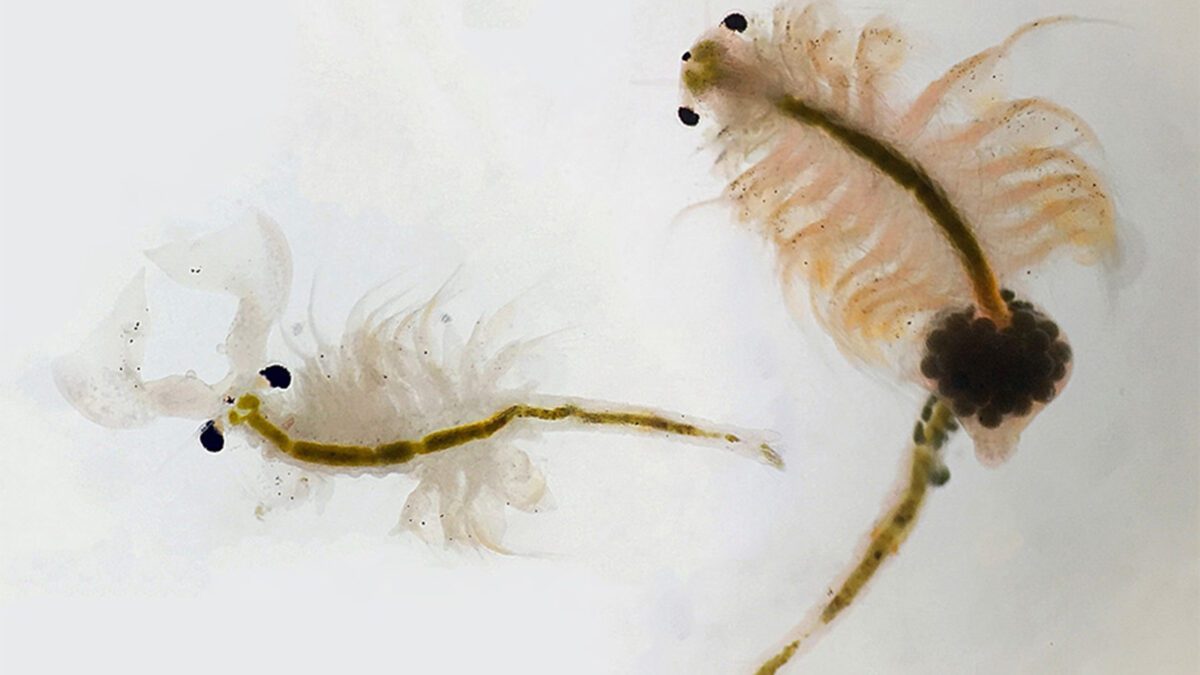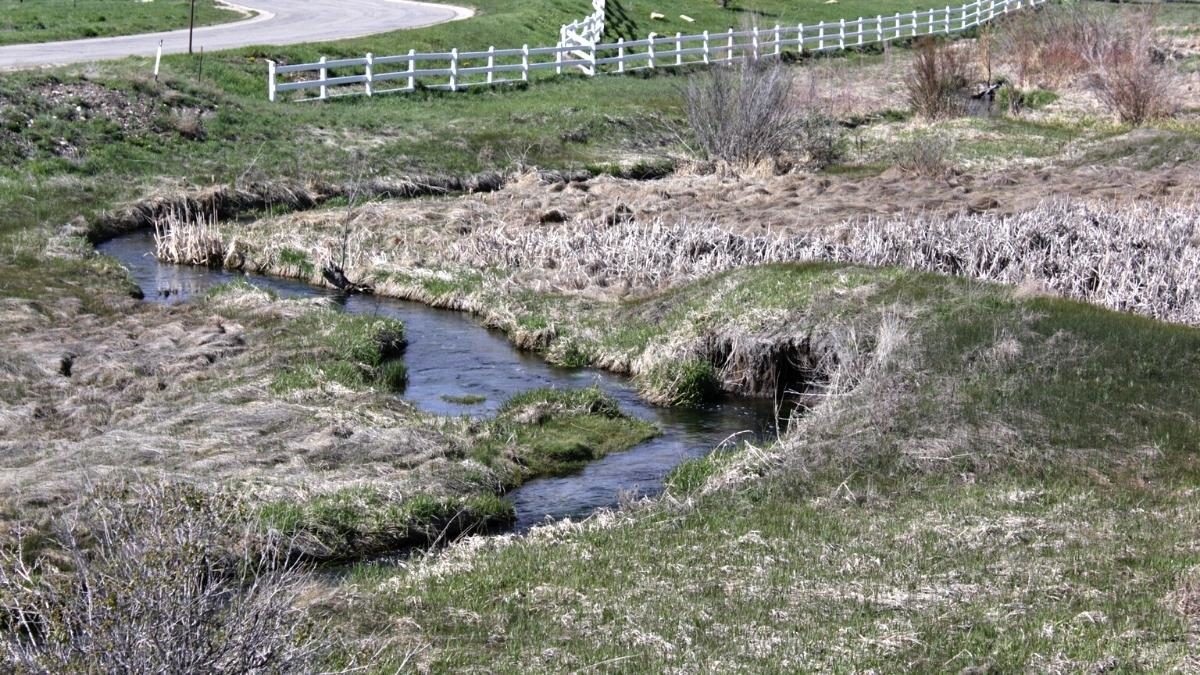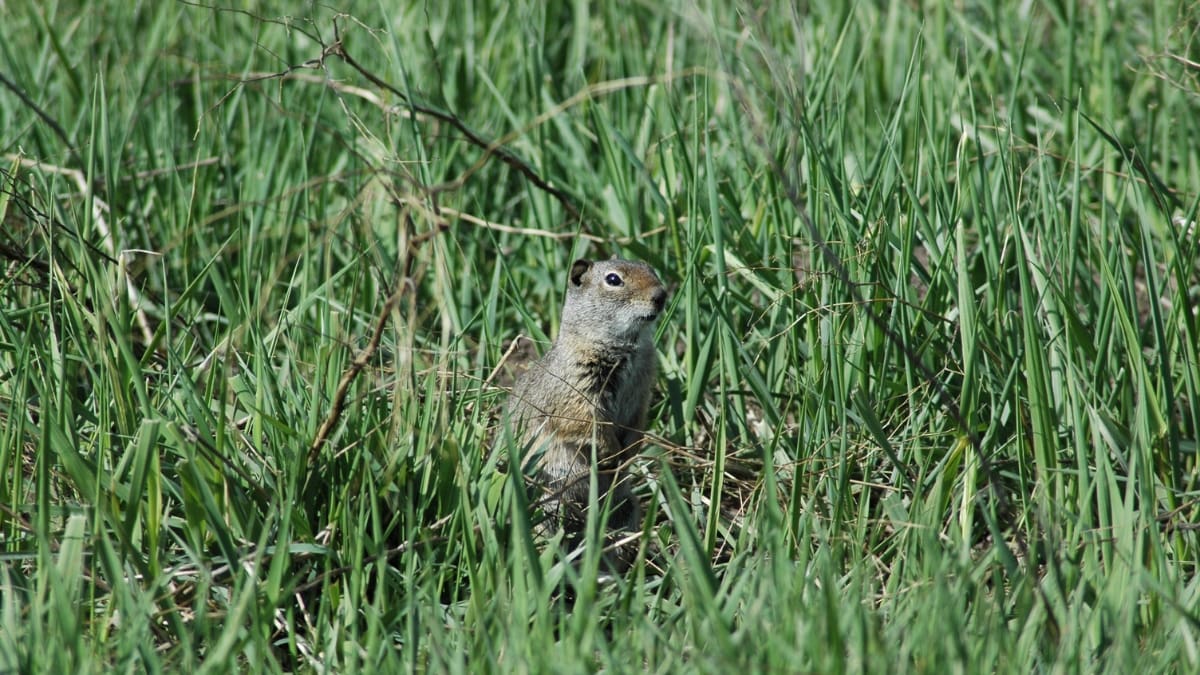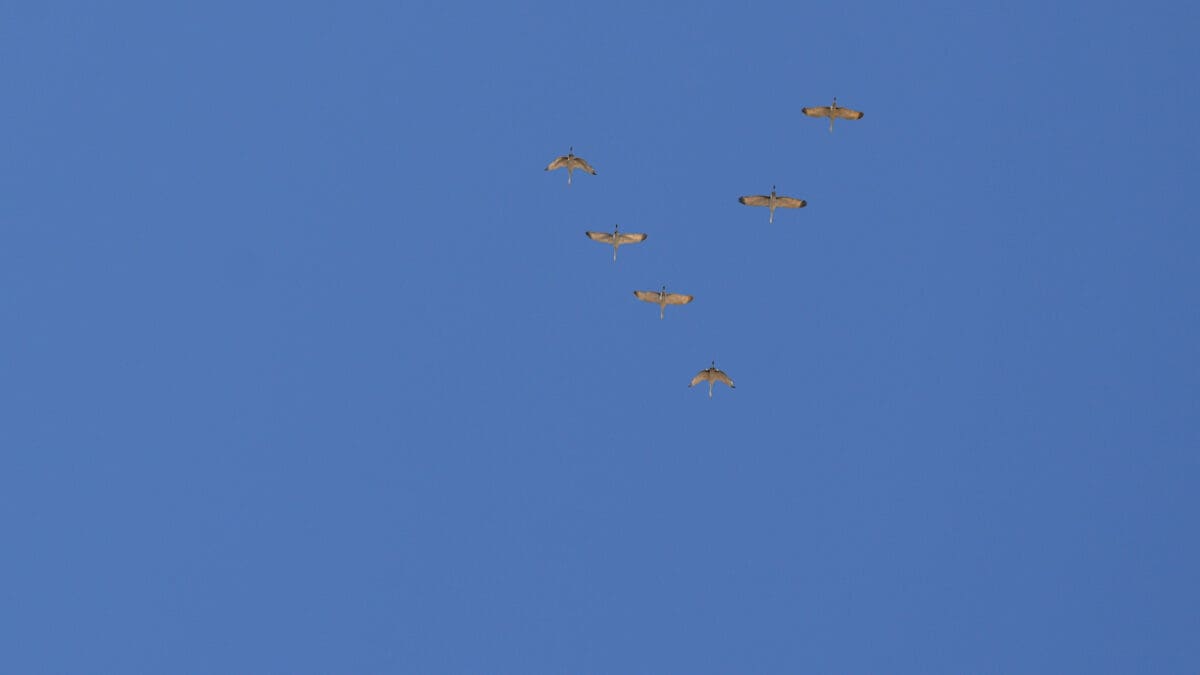Wildlife
Utah becomes the only landlocked state to have an official crustacean

Male and female brine shrimp. Photo: Courtesy of Utah Division of Wildlife Resources.
UTAH — From its importance to the Great Salt Lake ecosystem to businesses based on its existence, brine shrimp are a vital part of Utah. They might only reach sizes ranging from a third to half an inch, but it doesn’t make them any less impactful. On Friday, March 17, brine shrimp were designated as the official crustacean of Utah, with Gov. Spencer Cox signing H.B. 137. Utah is the only landlocked state to have an official crustacean.
Utah becomes just the seventh state to designate an official crustacean and joins the list below in doing so.
- Louisiana – The freshwater crawfish
- Maryland – The blue crab
- Oregon – The Dungeness crab
- Alabama – The brown shrimp
- Maine – The lobster
- Texas – The Texas Gulf shrimp
Brine shrimp are only found in the Great Salt Lake in Utah. Their role in the ecosystem is that of a primary producer. Without their presence, the nearly 10 million birds made up of around 330 different species that migrate through the state would go hungry, with many not being able to complete their long winter migration or die as a result. Eared grebes are entirely dependent on brine shrimp after molting, when they become flightless, during their migratory stop over at Great Salt Lake. In a day, eared grebes will eat between 25,000 and 30,000 brine shrimp.
An entire industry is also based on brine shrimp through the harvesting of their eggs, called cysts, which are used as food sources for fish and commercially grown shrimp. The multi-million dollar brine shrimp fishery at Great Salt Lake fulfills over 40% of the worldwide demand and has a global economic impact. The Utah Division of Wildlife Resources manages and regulates the Utah industry.
While the upward impact of the food chain is vital, brine shrimp affect algae production, as it is their feeding that helps keeps algae in check.
“The importance of the brine shrimp in the Great Salt Lake ecosystem can’t be overstated,” DWR Great Salt Lake Ecosystem Program Manager John Luft said. “We are thrilled about the designation of the brine shrimp as the state crustacean and the attention they are getting for their role at the Great Salt Lake.”
As the Great Salt Lake levels decrease, there is less water to dilute the salt concentration raising its salinity. Brine shrimp act as an indicator of salinity in the lake. When too high, brine shrimp have trouble with osmoregulation which regulates the saline levels of fluids in their bodies, leading to a decrease in reproduction; thus, their availability is reduced as a food source. Algae also decrease as salinity levels become too high, limiting their availability as a food source for brine shrimp and the lake’s other key species, brine flies.
Friday’s official designation of the state crustacean becomes the third official Utah state wildlife species ins 2019, when the Gila monster became the official state reptile, and in 2022, when the golden eagle became the state bird of prey.
The Great Salt Lake has risen by a foot but how does that affect its dire state?

















You must be logged in to post a comment.